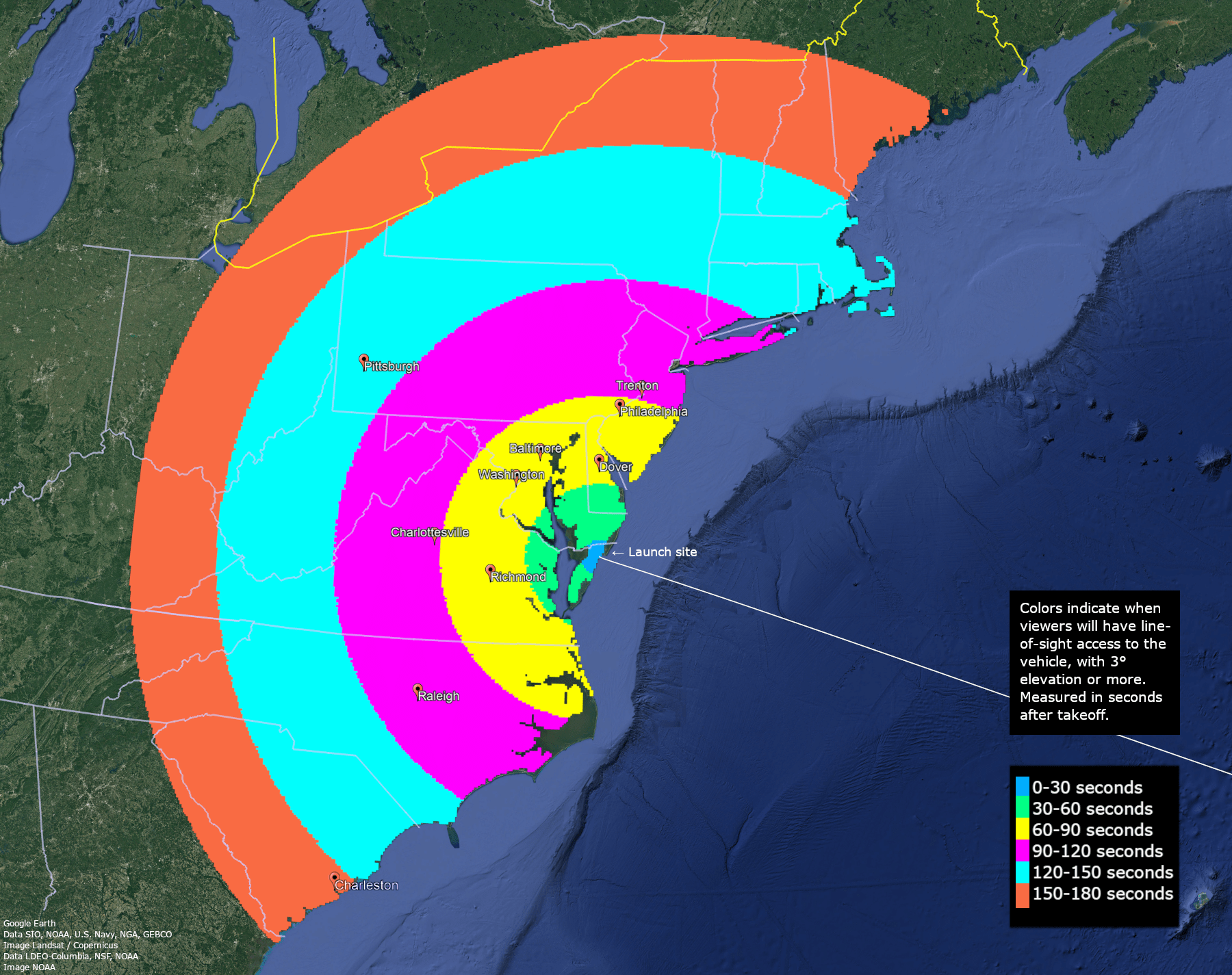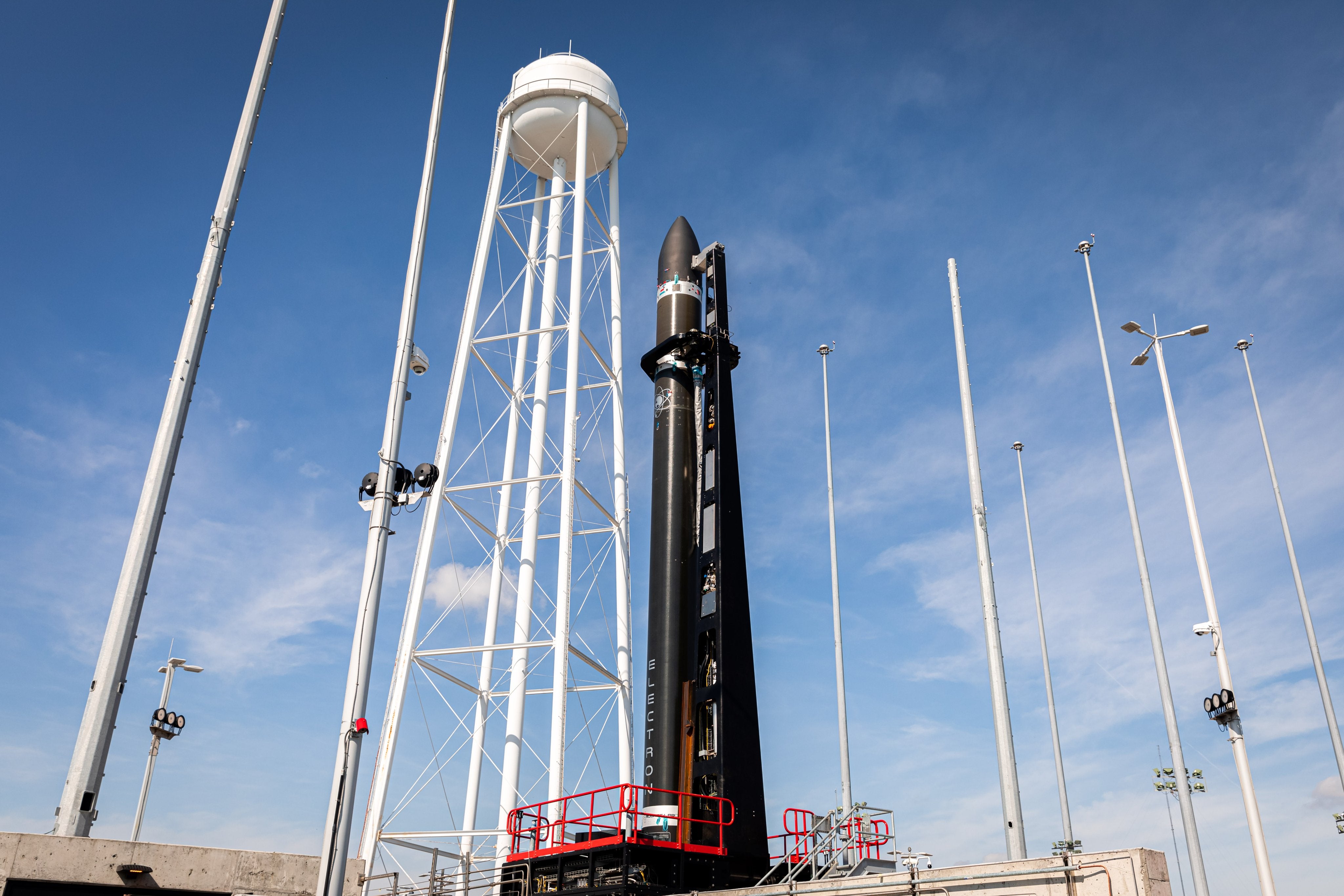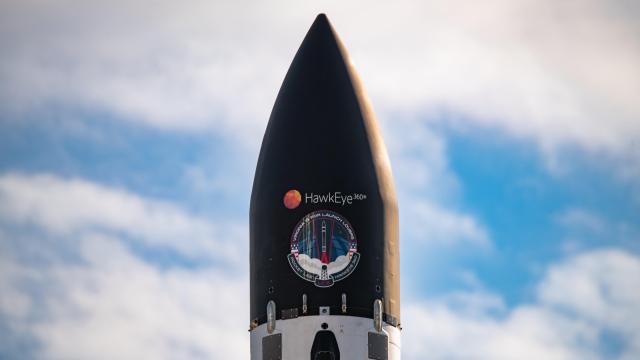A new era of rocket launches from NASA’s facility on Wallops Island in Virginia is set to begin tonight with the anticipated launch of Rocket Lab’s Electron small-lift launch vehicle. Here’s how you can take in the action.
The mission, named “Virginia is for Launch Lovers,” is scheduled to take off on Tuesday, January 25 between 10:00 and 12:00 p.m. AEDT. The Electron rocket will blast off from Launch Complex 2 within the Mid-Atlantic Regional Spaceport at NASA’s Wallops Flight Facility. The rocket will attempt to deliver a batch of radio frequency monitoring satellites for Virginia-based HawkEye 360, a geospatial analytics firm.
It’s launch day pic.twitter.com/4O6JkWaIiN
— Rocket Lab (@RocketLab) January 24, 2023
California-based Rocket Lab has been trying to launch the rocket from Launch Complex 2 since December but has been beset by weather delays, including bad weather that pushed the launch from yesterday to today. The latest meteorological prognostications are good, with a 90% chance of favourable weather expected on Tuesday evening.
Rocket Lab says it will drop a live feed around 40 minutes before launch. We’ll add the dedicated stream here once it becomes available, but you’ll also be able to watch the launch on the company’s website.

NASA says the launch should be visible — weather permitting — to observers along much of the eastern U.S. coast. “From a distance, Electron will appear like a bright, fast-moving star in the sky,” the space agency explained in a tweet.
Should everything go as planned, the mission will mark Rocket Lab’s first flight from the new Virginia launch pad and its first flight from U.S. soil. The company typically launches Electron from Launch Complex 1 in New Zealand, which it has now done on 32 occasions (29 successfully). The new Virginia pad is meant to foster missions from U.S. soil for both government and commercial customers. “With this mission, NASA is helping foster a growing low-Earth space economy and continues Wallops’ 35-year history of support to the commercial launch industry,” NASA said.

Standing 59 feet (18 meters) tall, Electron is a partially recoverable two-stage rocket. The company is steadily inching towards the ability to use a helicopter to recover the booster during its parachute-assisted descent. The booster is powered by nine Rutherford engines, which combine to produce 19,504 kg of thrust at liftoff, allowing the rocket to lift 299 kg to low Earth orbit. Rutherford engines are built almost exclusively from 3D-printed parts, lowering manufacturing costs. Electron also comes with a kick stage for delivering satellites to specific orbits.
The busiest small rocket in the world is about to get busier. With the new launch pad, Rocket Lab says it can now “support more than 130 launch opportunities every year,” whether for government or commercial satellite operators.
Related: Rocket Lab Aborts Second Attempt at Catching a Rocket With a Helicopter
